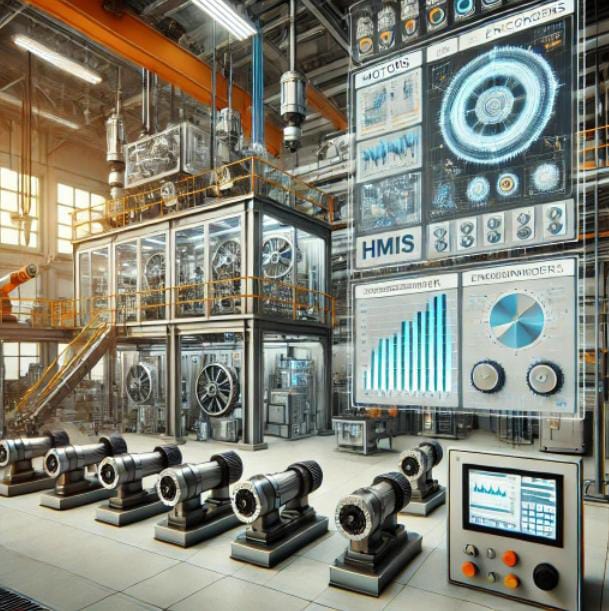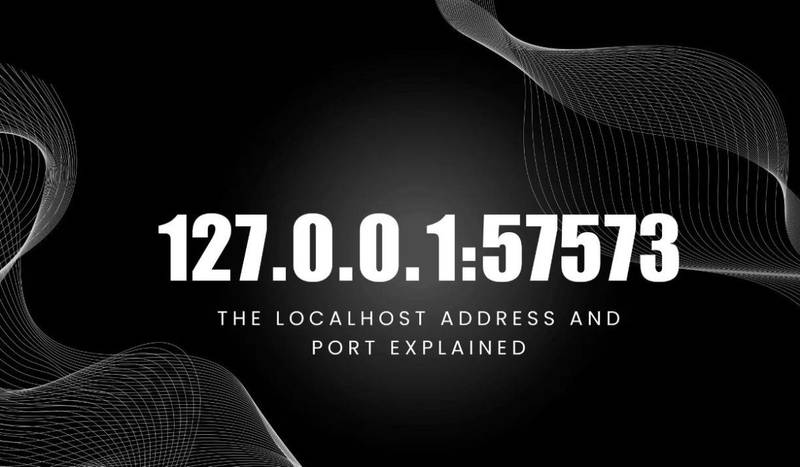Part of contemporary automation, Human-Machine Interfaces or HMIs have become customary in practically all domains. These interfaces offer means through which operators can have a touch with other plants, machines and automation systems. They often include touch screens or possibly other screens; users can thereby observe and manage or modify parameters as desired in real time.
Importance of HMIs in Automation
HMIs Screens and Displays are kind of middlemen between operators and complicated equipment or systems; they provide an easy-to-operate visual display of system data. It makes operating automation systems easier, hence improving their operations and safety. Here’s why this is so important:”
- Real-Time Data Access: HMI shows actual information such as speed, temperature and performance of the machines on the shop floor. It is through this direct access that operators are in a better position to make good decisions.
- Control and Adjustment: Operators can set and change the parameters of system operation through the interface for speed, power, or mode of operation.
- Error Detection and Troubleshooting: Another advantage is that HMIs may provide early information about an error or fault in the system to the operators making it faster to identify and fix the problem as a sociotechnical system.
- Data Logging: HMIs can record specific data of operation of the machinery for purposes of analysis with the view of having a head-start towards preventive maintenance and getting to understand various system improvements.
Types of HMI Screens and Displays
There are various types of HMI screens, each with different features and advantages:
- Resistive Touchscreens: These are inexpensive and can be employed with gloves or styluses and are usually found in industrial settings.
- Capacitive Touchscreens: Usually employed in more complex scenarios these are characterized by very high response rates and multiple touch points.
- LED Displays: These ones are for simple status indication; they are power-efficient and it is easy to see the status on them in different ambient conditions.
- Graphical HMIs: These are special interfaces presenting precise graphical information for more detailed control, their examples are process flow diagrams and trend graphs.
Integration with Other Automation Components
HMIs are definitions used in conjunction with Motors and Encoders and other related parts in order to create an integrated automation system. They acquire data from the aforementioned devices and relay the same in a fashion that can be understood. Integration of feedback from Motors and Encoders with interfaces of Human-Machine Interactions can be employed to fine-tune such systems.
Conclusion
Similarly, motors and encoders, as well as HMI screens and displays, are voice components of contemporary automation. Motors supply the source of mechanical energy required in the running of operations and encoders provide feedback information crucial in the determination of the exact amounts in the system. While HMIs enable the operator to communicate with these systems and its control, automation is made far easier and efficient. One time I took a job as a design engineer working for manufacturing industries ; comprehension of each part and how they interact with each other is significant.



